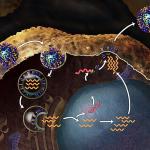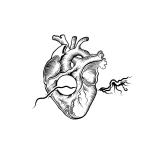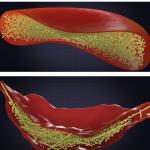John Batchelor and I discussed sickle cell disease (SCD), a genetic disorder predominantly affecting individuals of African descent, including African-Americans, of whom there are about 100,000.
Disease
“Things were bad, it was terrible.”
- Lucas Henneman, lead author and professor at George Mason University.
Since Covid hit, it's pretty much impossible to turn around and not be facing an alcohol-based hand sanitizer. We all use them without giving it much thought. But maybe it's time to give this topic some thought.
Congestive heart failure (CHF) is a pump problem, and most treatments serve to strengthen the pump, reduce the volume needed to be moved or alter the piping (the arteries and veins) to accommodate the pump's failures.
The administration of COVID-19 vaccines in pregnancy raises two kinds of concerns that apply to all vaccines. The first is the recognition that because the vaccines will be administered mainly to a healthy population, their safety must be we
Traffic-related air pollution (TRAP) refers to pollutants from vehicle sources like exhaust and brake/tire wear, including ultrafine particles, black carbon, nitrogen oxides, carbon monoxide, carbon dioxide, and, to a lesser extent, the badboy pol












